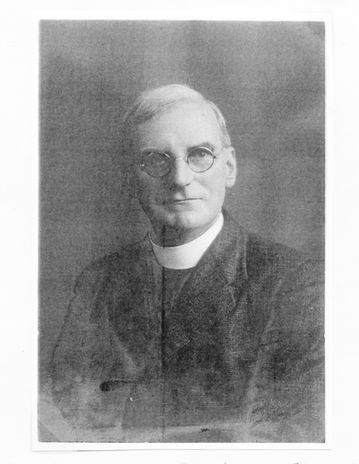



Explore Discover Enjoy
Location 10: St John’s Church
St. John’s School stood on the right hand side of Prospect Row from the corner of Barrack Street. This Church was consecrated in 1769 and also served as a garrison Church. Along Prospect Row on the corner of Moorgate Street was the Station Hotel (Hutchy’s), next to that was Prospect House, then Watt’s the sweet shop and Todd’s grocery shop on the corner of Thomas Street. The second house after Thomas Street was the former headquarters of the Seaman’s Union. Next to this, on the corner of Silver Street, stood what was the Royal Hotel before 1933. In 1933 the Reverend Edgar Jackson, vicar of St. John’s, bought the Royal Hotel to carry out the recreational and other activities of the Parish and as a home for the Deaconess. This was done before he received any grant.
The church was built to take the overflow from the congregation of the Sunderland Parish Church. It soon became a thriving community asset serving the poorer souls of the parish. During 1875 it became a parish in its own right. The church after a long, rich community history would finally be demolished in 1972.
St. John's chapel was built chiefly at the expense of John Thornhill Esq of Thornhill. The site, at the head of Barrack-Street, having been given by Marshall Robinson, of Herrington, has received five hundred additional sittings, towards defraying the expense of which, the Incorporated Society for the enlargement of churches and chapels contributed £200: it has also been endowed with £2800 private benefaction, royal bounty, and parliamentary grant: the living is a perpetual curacy, in the patronage of the Bishop, generally held by the rector of Sunderland
18. Town Moor Railway Station – SR1 2DX Site of Sunderland’s first railway passenger station in 1836 until becoming a major supply route serving the South Dock coal staithes in 1859.












